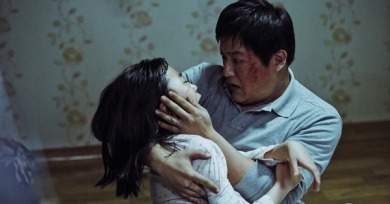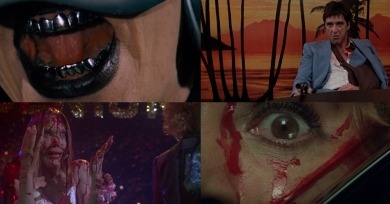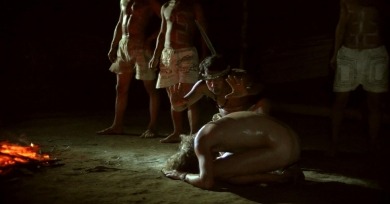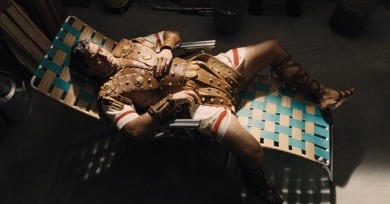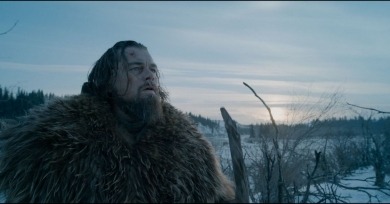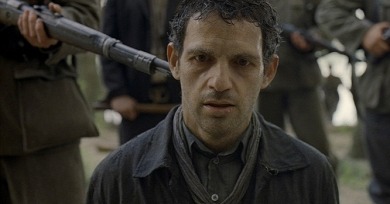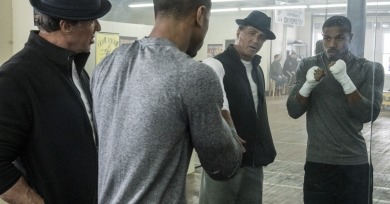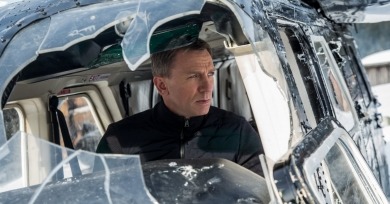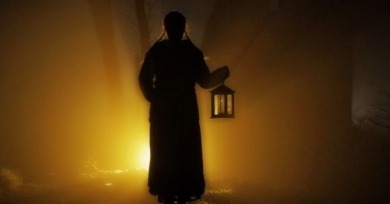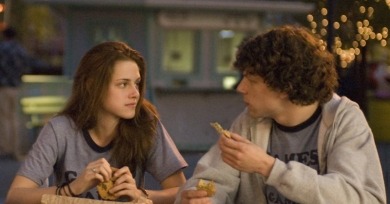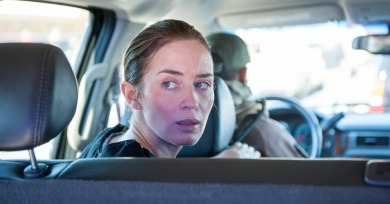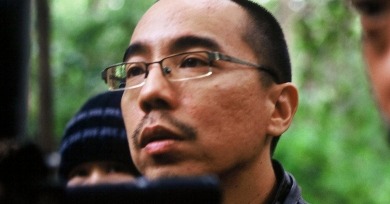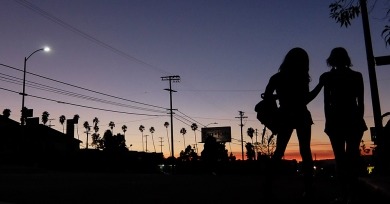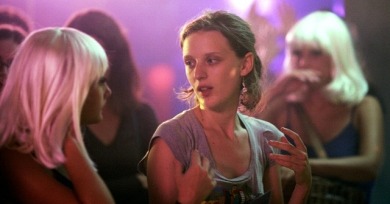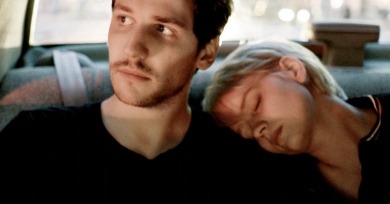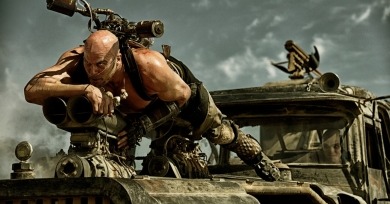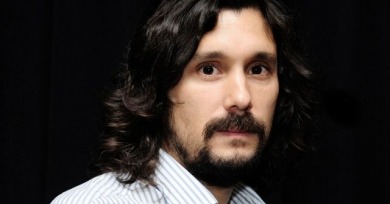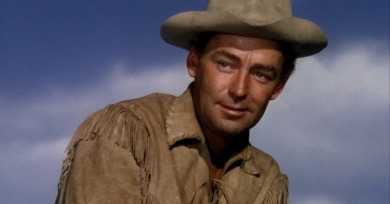Adam Nayman
To watch this epically scaled South Korean horror-procedural hybrid by Na Hong-jin is to see a filmmaker flush with the desire to craft a classic.
Every one of its 107 minutes is dedicated to De Palma talking us through his career, one film at a time, which generates an expectation of comprehensiveness that, perhaps appropriately given his dualistic themes and aesthetics, both is and is not fulfilled.
Where Roth frames his fable as a comeuppance invited and then enacted upon nubile Western bodies, Marczak gives the viewer space to consider several contradictory ideas.
Even those who reject their work on the grounds of temperament (snarky), ideology (right-leaning), or repetitiveness (guilty as charged) must concede the sheer, bristling cleverness of their choices as writers and directors.
Emboldened by the critical and popular success of Birdman—that ostensibly invigorating, hugely irritating statement of artistic and aesthetic principles—the director has gone chasing after Herzog, Coppola, Friedkin, and all the other mad, corporate-backed visionaries who’ve dragged movie stars into the jungle, or in this case, the Rockies.
Son of Saul’s insistence on real-time tension means that it’s deliberately cut off from considerations of the bigger picture; what it theoretically gains in trade is a sense of authenticity, which becomes increasingly presumptuous in light of its heavy-handed storytelling and basic lack of dramatic believability.
In Creed, Stallone’s acting, which is tied to but also more complicated than the mere matter of his presence, is the crucial factor which allows the film to triumph within the strictures of the Rocky series, if not quite transcend them.
In trying to further jostle the moral and emotional order of the Bond universe, director Sam Mendes and his collaborators paradoxically succeed only in stultifying it.
A Few Great Pumpkins
The Witch, The Hound of the Baskervilles, In the Mouth of Madness/Hair, Ringu, The Visit, Nosferatu the Vampyre, Carrie
It’s not just that Westerberg’s songs are featured on the soundtrack: their winning mixture of cynicism and earnestness becomes the voice inside the movie’s head.
Sicario is a film that rather decadently allows itself to get caught up in the machinations of its American or American-affiliated characters while Mexico looms in the background as an (immaculately photographed) abattoir.
“It’s hard to be direct. For me, when things are direct, they make me start to think of other forms of media, like literature, or a scholarly paper. For me, film is different. It’s something that stirs curiosity or emotions, and it’s only later that you discover what was underneath—or maybe not!”
Sean Baker makes widescreen movies. Not only in the sense that he employs a rectangular aspect ratio, but also by seeking to include as many characters as possible within the physical area of a shot.
In trying to figure out how The Princess of France can be as phenomenally accomplished as Viola while also a bit less immediately appealing, it may be best to defer to the Bard: the play’s the thing.
”When I was starting to make Eden, people told me that my main character was too passive or too negative; when you write scripts and try to get financing, that’s the sort of thing that you’re told not to do, or that people don’t want to see that. People said that it should be a success story.”
Like Olivier Assayas in Something in the Air, Hansen-Love is smart enough to show that adolescent collectives are at least as much about the rush of experiencing something—be it a rave or a protest rally—in close physical proximity to one’s peers as the thing itself.
Each of these set pieces is superbly executed within Andersson’s trademark long-take style, and the dichotomies they set up—between past and present, reality and fantasy, and comedy and melancholy—are potent and suggestive. They are all also basically copies of scenes that the director has done before.
The social commentary here is broad, earnest, and welcome; the trick is that Miller and his cowriters have found a way to work these loftier concerns into what is basically an extended, 120-minute chase sequence, and to generate images that speak eloquently in the absence of dialogue.
“I like the title because it puts you in the space of a legend, one of those cities like El Dorado. Maybe we think we’re in something more like a fairy tale, or a fabula. The film doesn’t exist. It’s not real. It’s been created. I like the film in that place.”
It’s merely a matter of circumstance that Shane was the first movie to get stretched out against its will, but it gives the film a double place in both film history and more specifically the history of the Western, as a movie widely regarded to be a thoroughbred of its genre was also a kind of guinea pig.
